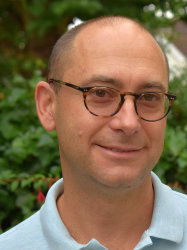BibTex format
@article{Sena:2004:10.1242/dev.01144,
author = {Sena, G and Benfey, PN},
doi = {10.1242/dev.01144},
journal = {Development},
pages = {2817--2826},
title = {A broad competence to respond to SHORT-ROOT as revealed by tissue-specific ectopic expressions},
url = {http://dx.doi.org/10.1242/dev.01144},
volume = {131},
year = {2004}
}

